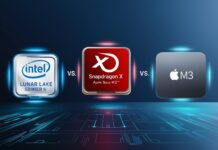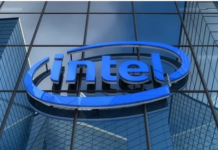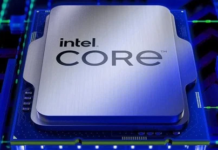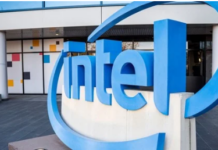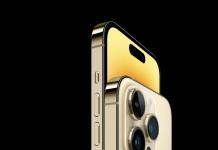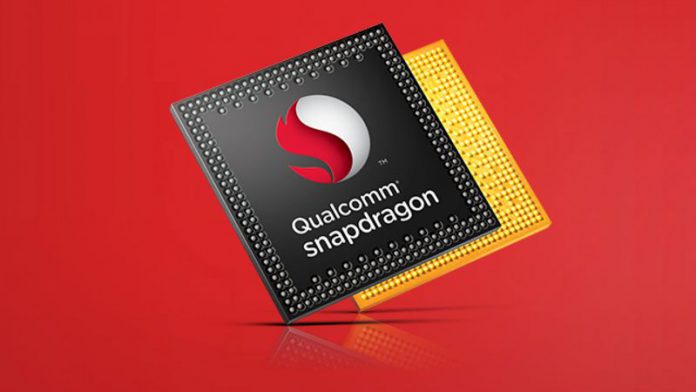When Qualcomm introduced its next processor, the Snapdragon 820, at the last MWC, it was not yet clear which smelter would choose the chip maker. Samsung and its 14 nanometer or TSMC engraving process will soon move to a 16 nanometer engraving. Today, it seems that the company has finally made its choice and decided to favor Samsung. A strategic decision.
The Qualcomm Snapdragon 820 engraved by Samsung.
Citing sources sufficiently well-informed about Qualcomm’s roadmap and Samsung’s smelter operations, Re/code now claims that the chipmaker chose the Korean company over TSMC. One of the main reasons for this decision is that TSMC still burns its chips in 20 nanometer while Samsung has already switched to a 14 nm engraving.
As Re/code points out, not only is the process less expensive, but above all, 14 nanometer engraving will provide better energy performance. Consumption of the Exynos 7420 chip on the Galaxy S6 and S6 Edge is reduced by 30 to 35%, compared to a processor engraved in 20 nanometers. A market whose loss has put Qualcomm in trouble despite the presence of its Snapdragon 810 on the LG G Flex 2 and HTC One M9.
With its Snapdragon 820 expected in the high end of early 2016, Qualcomm does not want to repeat the same mistake and by choosing Samsung, the company hopes to convince the Korean to integrate it into the Galaxy S7. An association far from obvious when we know what success the last two jewels of the firm currently win with their chip Exynos.
It should be noted, however, that at this level, Qualcomm has a strong argument that could help it convince Samsung. In the Galaxy S6 and S6 Edge, the Korean uses a processor-independent modem, which generates additional costs, while Qualcomm’s chips already have a built-in LTE modem.
via


